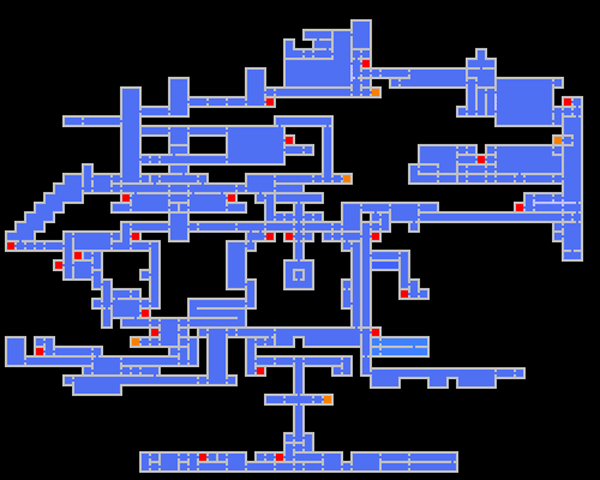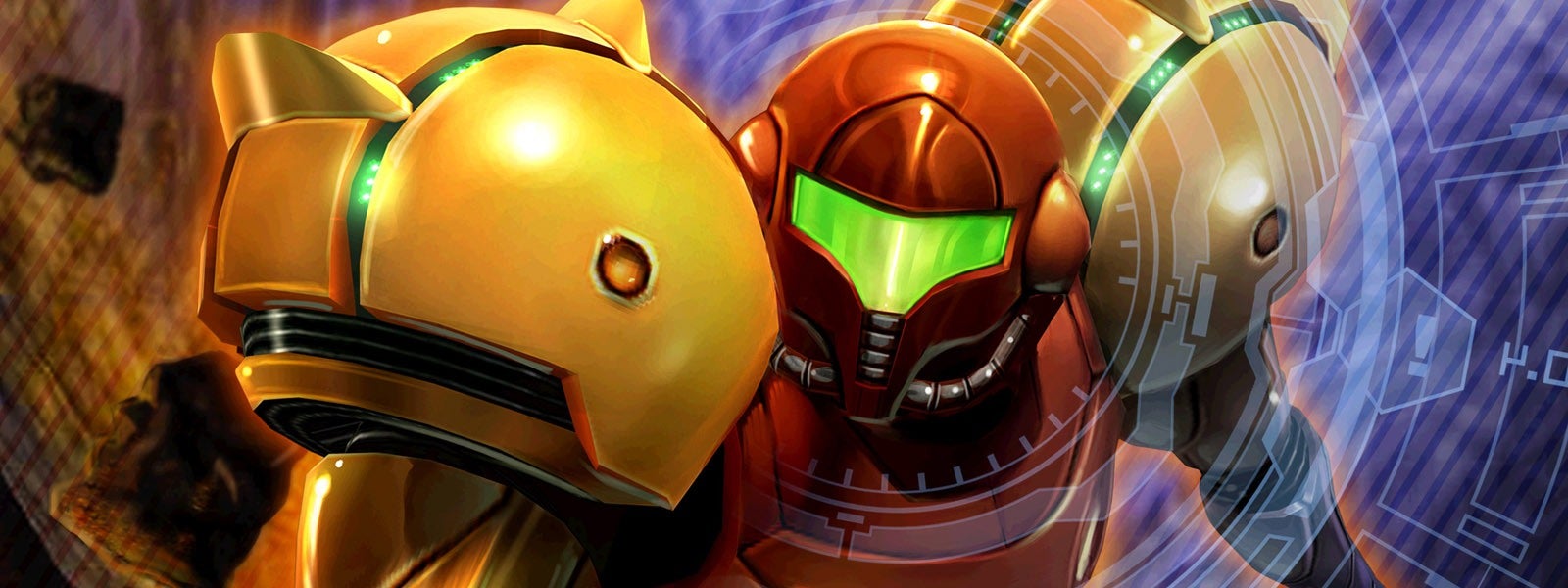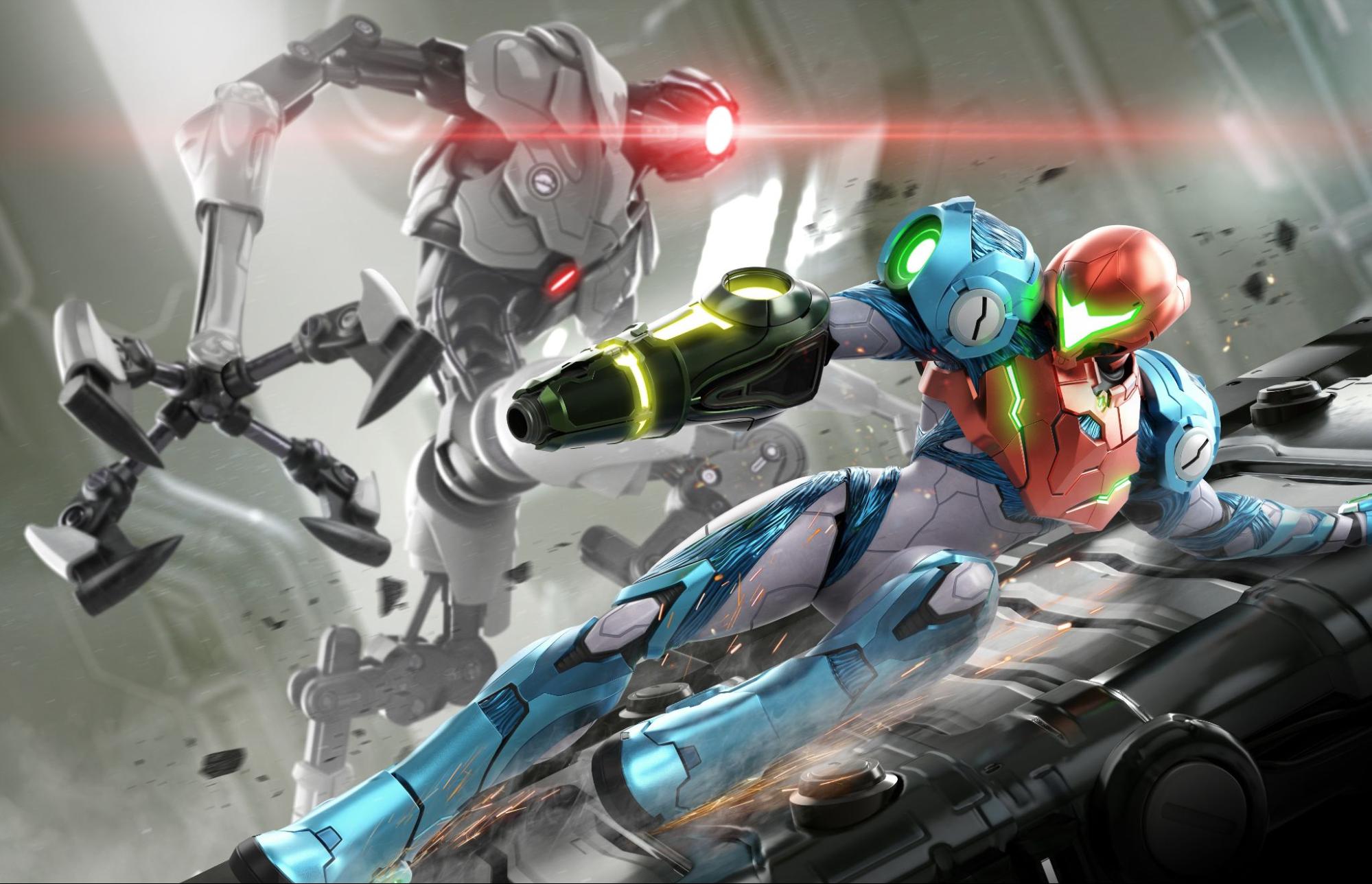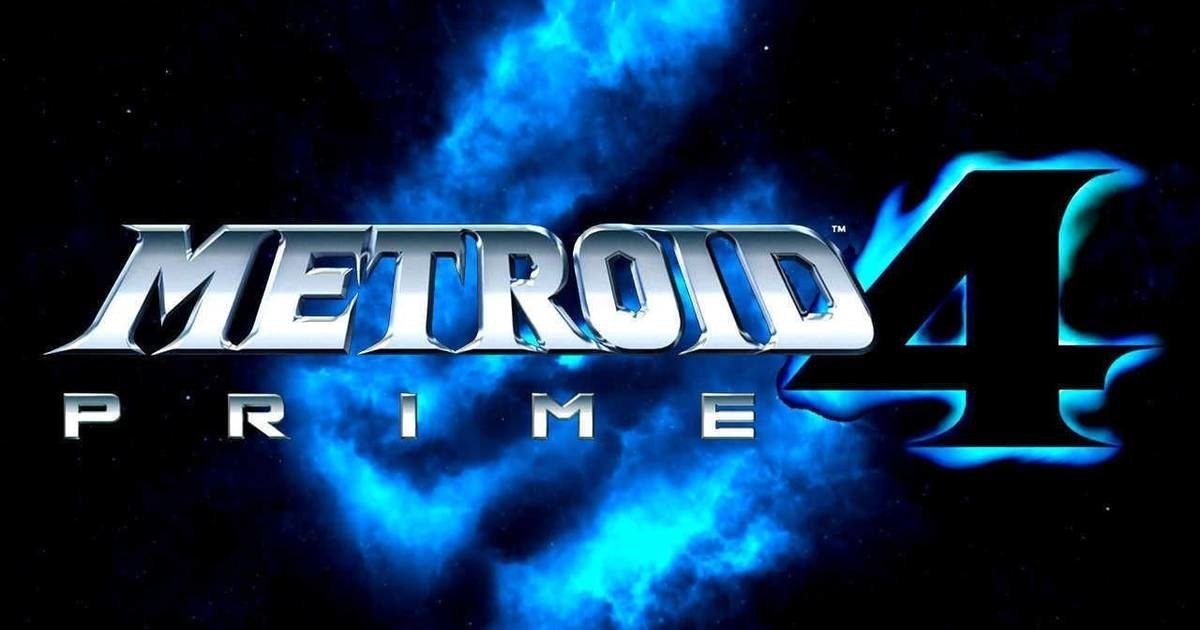Introduction
Metroid is a legendary video game series that has captivated audiences for over three decades. The franchise, which was first introduced in 1986, has become one of Nintendo’s most highly-regarded properties. In this blog, we will explore the history of Metroid, its importance in the gaming world, and the impact it has had on game design and culture.
Metroid introduced a unique structure and gameplay, which differentiated it from Nintendo’s other popular franchises like Zelda and Mario. The franchise also paved the way for non-linear game progression, inspiring a generation of designers. We will delve into Metroid’s influence on gaming culture, exploring the introduction of the “Metroidvania” structure and its impact on game design and mechanics.
Moreover, we will discuss how Metroid has become a cultural phenomenon and explore its impact on pop culture and fandom. Finally, we will look to the future and discuss upcoming Metroid releases, how the franchise can maintain relevance and quality, and the anticipation and excitement for the series.

The evolution of Metroid
Metroid, Nintendo’s sci-fi exploration game, was released in 1986, and it spawned one of Nintendo’s most iconic franchises. The game was unique in its structure and gameplay, with a 2D, side-scrolling format that took place in an expansive, interconnected world, allowing players to explore in a nonlinear fashion. It featured a dark and solemn atmosphere with a powerful, alien sense of place, inspired largely by the first Alien film.
Metroid’s success paved the way for some of Nintendo’s most beloved follow-ups, including the sublime Super Metroid in 1994 and the spin-off series Metroid Prime, which transformed the 2D adventure into a first-person, 3D experience. Nintendo also released Metroid: Samus Returns on the Nintendo 3DS, the first traditional side-scrolling Metroid in nearly a decade.
Metroid’s importance and influence, however, can be seen beyond the games produced by Nintendo. It has inspired a generation of designers, most notably the famous Castlevania: Symphony of the Night. Director Koji Igarashi invigorated the long-running gothic action series by introducing a “Metroidvania” structure that forced players to navigate a massive castle, unlocking new abilities to access more areas to explore. The impact of Metroid on game design is so profound that the term “Metroidvania” is now used to describe games that have a similar structure.

Influence of Metroid on Gaming
The impact of Metroid is not just limited to the game series itself, as it has had a profound influence on the gaming industry as a whole. The introduction of the “Metroidvania” structure, which combines elements of both Metroid and Castlevania, has been replicated in countless games since the first Metroid game released in 1986. This structure emphasizes exploration and discovery, with players needing to uncover hidden abilities and items to progress through the game. This has had a lasting impact on game design, with many modern games incorporating similar non-linear elements.
Beyond its influence on game mechanics, Metroid has also developed a fiercely loyal fan base. The franchise is known for its dynamic and complex female protagonist, Samus Aran, who has become an iconic figure in popular culture. The nostalgia and emotional connection that fans have with the Metroid franchise has been a driving force behind its continued success. It has also inspired numerous works from fan art and music to cosplay and literature.
Overall, the impact of Metroid on the gaming industry and pop culture cannot be overlooked. Its legacy has left a lasting impression on game design and mechanics, with the franchise continuing to inspire new games and experiences. And with the recent release of Metroid: Samus Returns and upcoming releases, it’s clear that Metroid still holds a special place in the hearts of many gamers around the world.

Metroid’s Impact on Game Design
Metroid’s impact on game design has been immense. The game introduced exploration and discovery as a central gameplay mechanic, which was a significant departure from the linear, level-based structure of popular games at the time. The game encouraged players to explore the environment and experiment with different abilities to unlock new areas. The non-linear game progression also set it apart from other games; players could choose which areas to explore first and often had to backtrack to previous levels with new abilities.
This structure has become so influential that it has its name, “Metroidvania,” which refers to games that follow similar gameplay mechanics. Games such as Castlevania: Symphony of the Night, Hollow Knight, and Ori and the Blind Forest have all been inspired by Metroid’s gameplay mechanics, and they have led to a new wave of independent game development. Metroid’s impact on game design has been so profound that it continues to influence game developers to this day. The open-world design in The Legend of Zelda: Breath of the Wild and the interconnected gameplay in Dark Souls can both trace their roots back to Metroid’s gameplay design. The series has helped shape the gaming industry and paved the way for future franchises.

Metroid as a Cultural Phenomenon
Metroid’s impact on popular culture and fandom cannot be overstated. The series has a dedicated following of fans, who affectionately refer to themselves as “Metroidvania” enthusiasts. Featuring prominently in internet memes, fan art and cosplay, Metroid has become a cultural touchstone for several generations of gamers.
The representation of Metroid in media and merchandise is also significant. The games have been re-released multiple times, and the fan base has been kept engaged through the release of soundtracks, art books, and other collectibles. Samus Aran’s iconic power suit has become synonymous with the character and the franchise.
Exploring certain genre and narrative themes, the Metroid series is often celebrated for its portrayal of strong female characters in seemingly male-dominated genres. Samus Aran is one of the first and most prominent female characters in gaming, inspiring many future protagonists. The games have touched on other themes such as isolation, identity, and exploration, making them not just entertaining, but also thoughtful and provocative.
Metroid’s longevity and continued relevance can be attributed to its impact on game design and mechanics, the loyalty of its fans, and its ability to tap into core themes and motifs that resonate with audiences of all ages. It remains to be seen what the future holds for the franchise, but one thing is for sure: Metroid’s place in gaming history is secure.

Looking to the Future of Metroid
With the upcoming release of Metroid Prime 4 for the Nintendo Switch, fans are eager to see where the franchise will go next. Maintaining the quality of the series while keeping it relevant in today’s gaming landscape is a challenge, but if anyone can do it, it’s Nintendo. The anticipation and excitement for the series is palpable, with fans eagerly awaiting new releases and spin-offs. As the gaming industry continues to evolve, it will be interesting to see how Metroid adapts and grows with it. The future of the franchise is bright, and we can’t wait to see where it goes next.
Conclusion
Recapping the amazing 30 years of Metroid’s history, it’s clear how the franchise has inspired countless games and designers. With the introduction of the Metroidvania structure, the game was able to showcase exploration and non-linear game progression – an innovative feature that continues to influence games being made even to this day. As Metroid continues to release new spin-offs, it’s exciting to see how the franchise will maintain its relevance and quality. For readers who want to immerse themselves in the world of Metroid, this legendary series is a must-play, showcasing a unique narrative that keeps players hooked.
